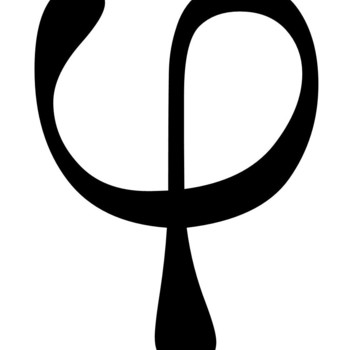A #5 L# container holds #5 # mol and #10 # mol of gasses A and B, respectively. Every five of molecules of gas B bind to two molecule of gas A and the reaction changes the temperature from #320^oK# to #450 ^oK#. By how much does the pressure change?
1 Answer
There is a change of
Explanation:
To solve for
First, we calculate the initial pressure using the Ideal Gas Law:
Here,
To solve for
And input:
Now, we need the equation that took place. It is:
In the products side, we find we now have
Here,
Rearranging to solve for
We know that

